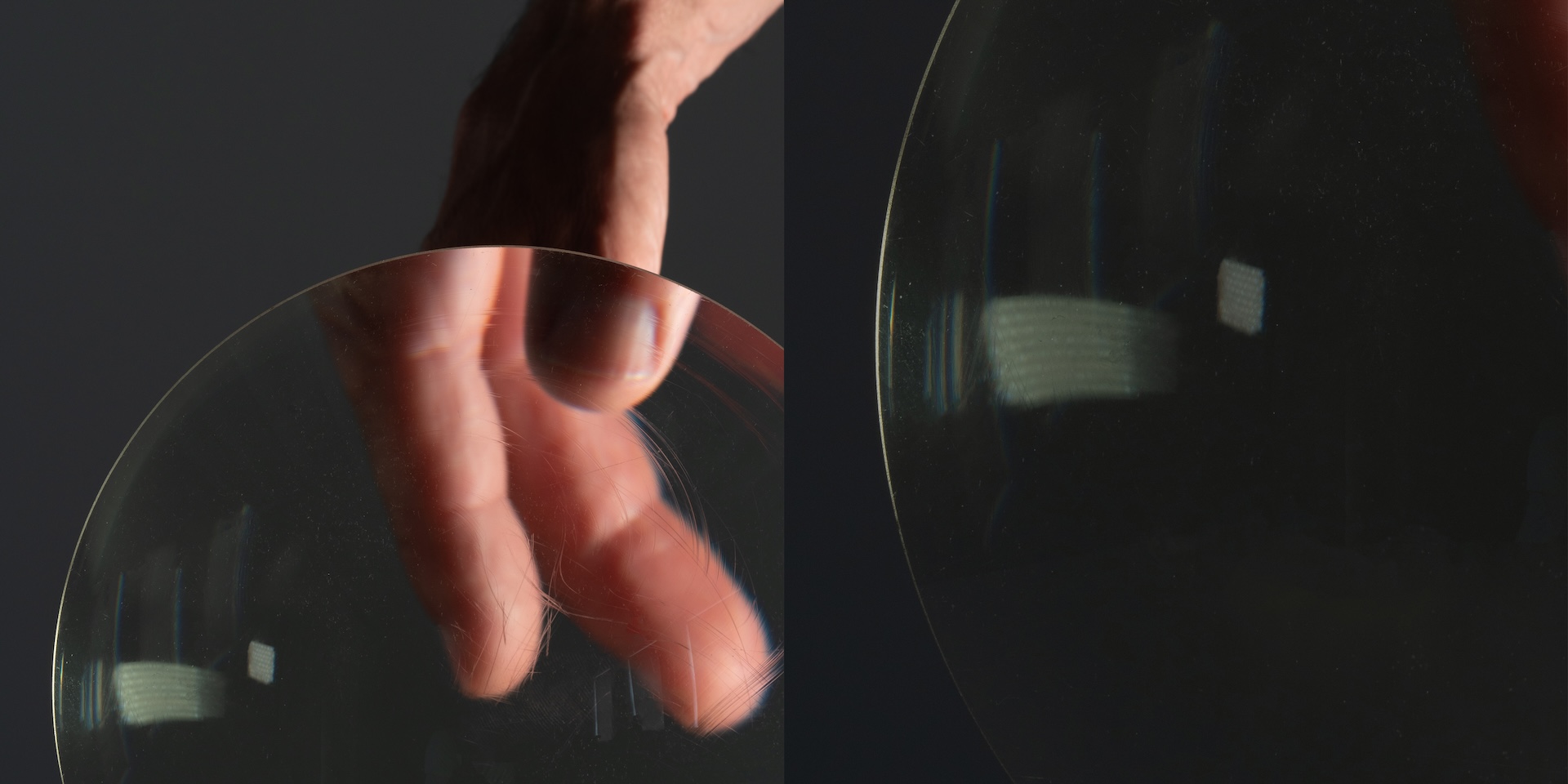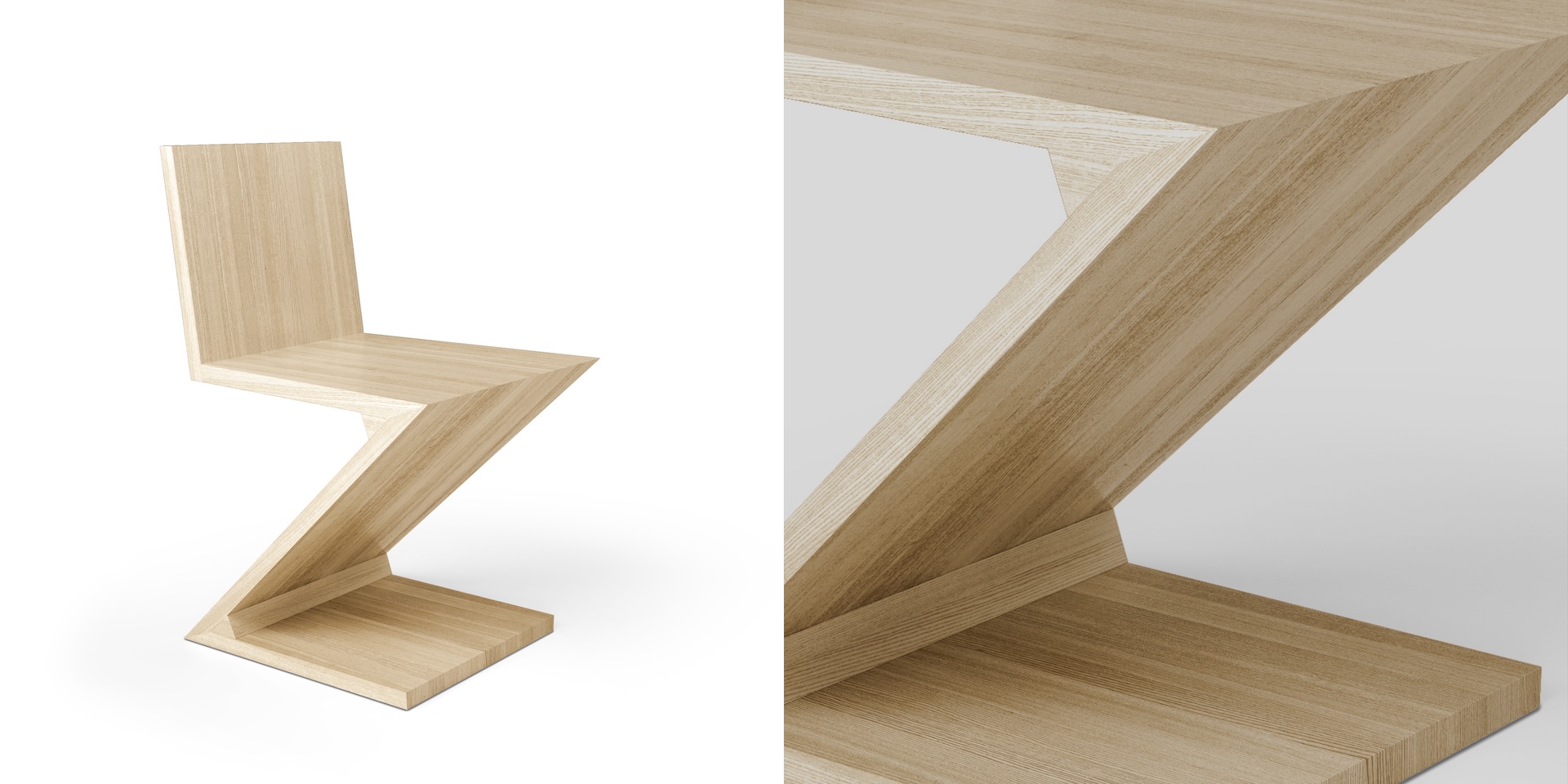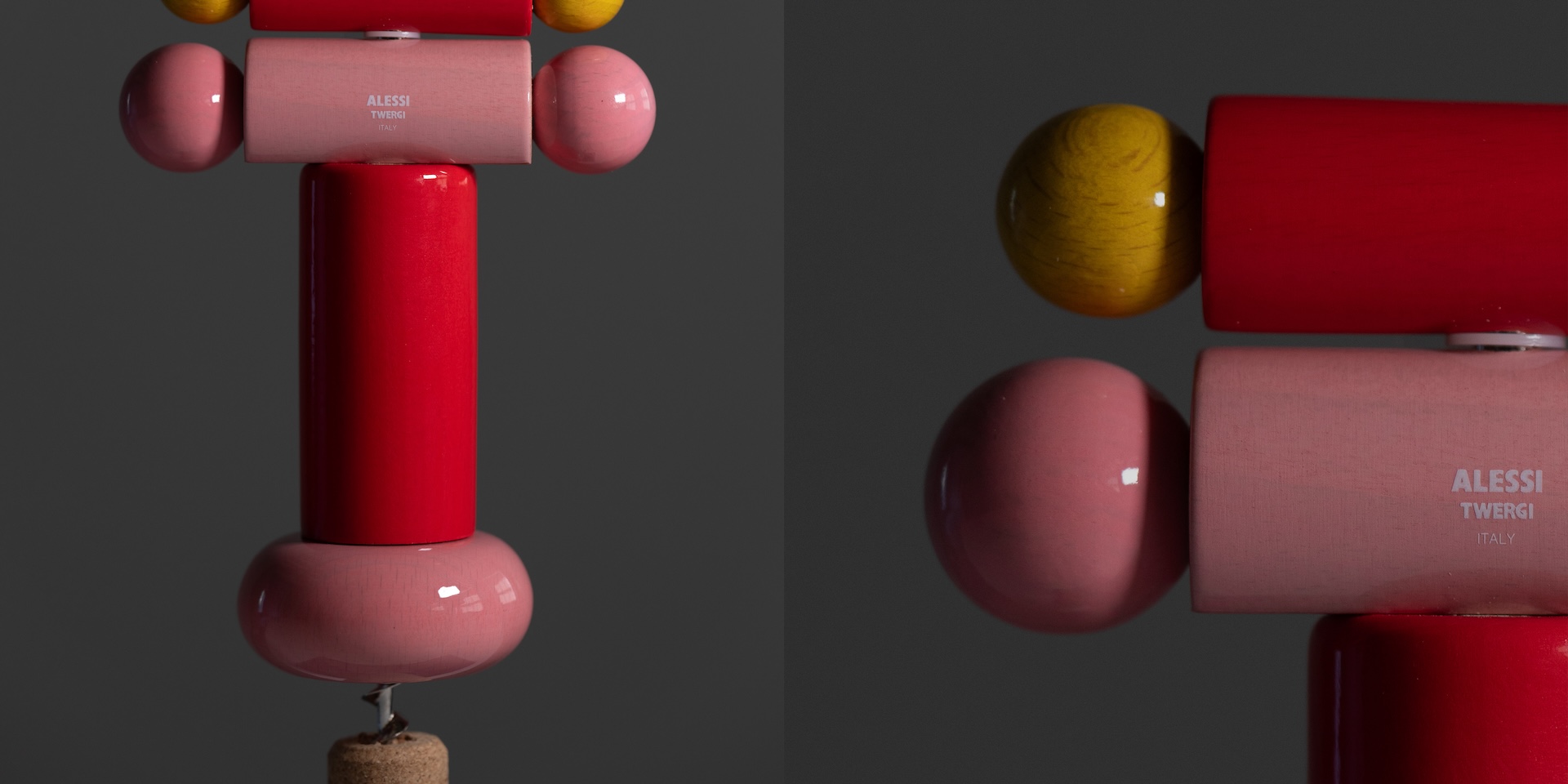What does it mean to be Well Made?
That was the question asked by Pearson Lloyd, a highly–revered, multi–disciplinary design studio based in London.
The answer came from members of our design community who each contributed a design—designed by someone else—which they saw as Godt Lavet (Danish for Well Made). An exhibition featured at our festival this past June, made in collaboration with Designmuseum Danmark and 3daysofdesign.
It’s a seemingly simple question, but one that beckoned introspection. As many as 50 designers from our community contributed an object that reflected their personal take on the meaning of well made, explaining the purpose, added value, craftsmanship, enduring appeal, and emotional connection. Their insights Illuminated visitors with fresh perspectives on how value is created in the look, feel, manufacturing and sustainability of objects. Revealing how even the most familiar objects can tell stories about a design’s intrinsic significance.
The items that comprised the exhibition ranged from the everyday to the extraordinary, from the poetic to the pragmatic. Together, they formed a tapestry of design–making from the 21st century—with meaning.
Objects with heart and soul
3daysofdesign’s CEO & Managing Director, Signe Bydal Terenziani notes:
“Godt Lavet encouraged us to reflect on what makes a design meaningful. Prioritising quality over quantity, craftsmanship over convenience, and sustainability over short–term gain. Where good design is as much about intention as it is about outcome. In a world driven by mass production and over consumption, designs made with heart and soul by caring hands are the ones that we, together with our community, consider well made.”
Explore highlights from Godt Lavet at 3daysofdesign 2025

Lise Vester championed the importance of seeing with clarity to expand our horizons in an increasingly complex world.
“The glass lens helps us see more clearly, into space, into cells, through cameras, and with our own eyes. A humble object with a big impact, it reveals the invisible and transforms light into new perspectives and experiences, expanding how we understand, navigate, and interpret the world around us.”

Birgitte Due Madsen selected a timeless design that continues to challenge and inspire across generations.
“An uncompromising study in reduction, the Zig Zag chair distils the act of sitting into four planar elements joined in pure geometry. Eschewing traditional typology, it exemplifies De Stijl ideals: clarity, asymmetry, and constructional honesty. Both sculpture and seat, it remains a rigorous statement on spatial tension, material logic, and radical simplicity.”

Daniel Schofield espoused the democratic beauty of a classic, versatile design that improves daily life, even decades after its invention.
“The Duralex Picardie glass, designed in 1945, is made from tempered glass making it exceptionally durable. Its versatile form suits water, wine, beer, coffee, or juice. With a utilitarian charm and subtle elegance, it adds a relaxed, timeless character to everyday settings and casual table arrangements.”

Maria Bruun re–examined the familiar with a symbol of intelligent simplicity that embodies innovation.
“The Plia chair (1967) elevates the folding chair from disposable utility to enduring archetype. Giancarlo Piretti’s patented hinge mechanism fuses clarity, economy, and elegance, hallmarks of things well made. By reimagining a humble typology through precision engineering, Plia proves that temporality and technical beauty need not be mutually exclusive.”

Mette & Rolf Hay, founders of HAY, asserted the role of playfulness with purpose, where design is an experience that connects emotion and function.
“When I first encountered Ettore Sottsass’ corkscrew ES17, it felt sculptural, bold, playful, and a little eccentric. Yet it works so quietly, so intuitively, you barely notice its performance. That balance, personality with purpose, is rare. I admire how its joyful character never overshadows function but blends seamlessly into the moment.”

Sia Hurtigkarl contributed a famous print, the Piccolo print by Vuokko Eskoline–Nurmesniemi for Marimekko, as a reminder that the human hand, and the care behind it, remain at the core of design that endures.
“The print carries the beautiful trace of the human hand within a well–made design. Hand–painted, imperfect stripes overlap to mask the cotton base, forming an unexpected third colour that results in a balanced play of hues. Treated like artwork, named, dated, and credited, it reflects the meeting of artistic expression, intuitive creation, and mass production.”
At 3daysofdesign, our commitment extends beyond showcasing the latest trends in interior design and furniture. We strive to facilitate meaningful discussions, debate, and actively contribute to pushing forward a more sustainable approach within the realm of interior design and furniture business. Join us in our mission to inspire positive change and promote a greener, more responsible future for the industry.

.avif)



